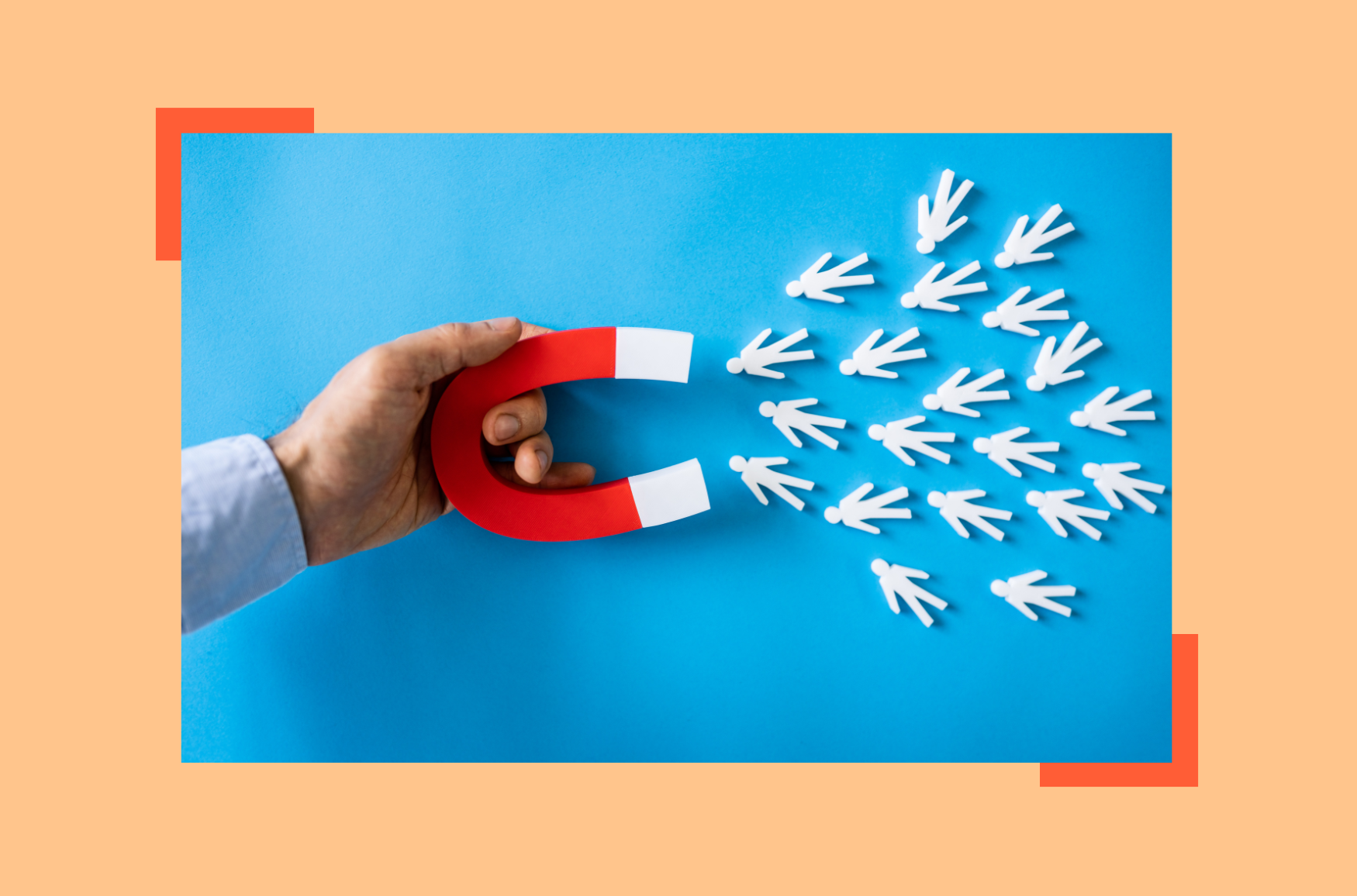Lifecycle Stages in HubSpot are a critical part of how you manage and track the progression of your contacts through your sales and marketing processes. They represent the various stages a contact goes through in their journey with your business, from their first interaction to becoming a loyal customer or even an advocate for your brand.
What Are Lifecycle Stages?
Lifecycle stages are predefined categories that help you classify and segment your contacts based on their current state in your business relationship. These stages provide a framework for your team to understand where each contact is in the buyer's journey and ensure that the right messaging and actions are taken at the right time.
How Can Lifecycle Stages Be Used?
1. Segmentation: Lifecycle stages allow you to segment your contact list effectively. For instance, you can create specific marketing campaigns targeting leads differently from customers, ensuring that each segment receives tailored content that speaks to their needs and interests.
2. Sales Funnel Management: By using lifecycle stages, sales teams can prioritize and track leads more efficiently. Knowing which contacts are in the "Lead" stage versus the "Opportunity" stage helps sales reps focus their efforts on the most promising prospects.
3. Reporting and Analytics: HubSpot's lifecycle stages enable detailed reporting on how contacts are moving through your sales funnel. This insight can help you identify bottlenecks in your process and optimize your strategies to increase conversions.
4. Automated Workflows: You can automate tasks based on lifecycle stages. For example, when a contact moves from "Lead" to "Opportunity," HubSpot can automatically assign a sales rep to follow up or trigger a personalized email sequence.
Typical Lifecycle Stages in HubSpot

1. Subscriber: Contacts who have signed up to receive your content but haven’t shown intent to buy.
2. Lead: Contacts who have engaged more actively with your business, such as by filling out a form or downloading a resource, indicating interest.
3. Marketing Qualified Lead (MQL): A lead who has been deemed more likely to become a customer based on their engagement and fit.
4. Sales Qualified Lead (SQL): A lead that has been handed over to the sales team because they show high intent to purchase.
5. Opportunity: Contacts who are in discussions with your sales team and are likely to become customers.
6. Customer: Contacts who have completed a purchase and are now your customers.
7. Evangelist: Customers who love your product and are likely to refer others to your business.
8. Other: Contacts that don't fit into the above categories, such as disqualified leads or those who have chosen not to engage further.
Lifecycle stages in HubSpot are a powerful tool for managing your contacts, improving sales processes, and enhancing your marketing efforts. By understanding and leveraging these stages, you can ensure that your contacts receive the right message at the right time, ultimately leading to higher conversions and more satisfied customers.



